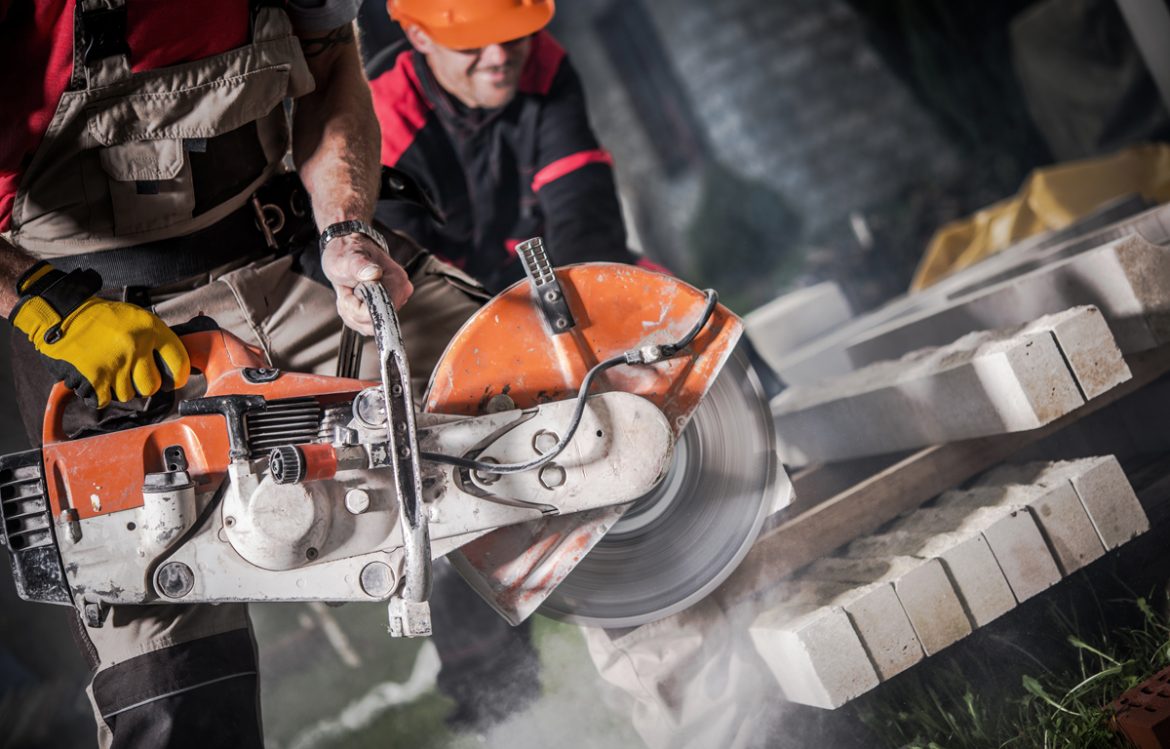How do you give back to others?
Tornado season in March. Hurricane season in June. High temperatures can cause wildfires and flash floods throughout the summer. For many American homeowners, summer can be no time to relax.
As more Americans move into high-risk areas, builders must design structures to withstand nature’s “wrath.”
Extreme weather patterns prove nothing new. They can’t be prevented -; even wildfires can start without a cigarette or a poorly put-out campfire igniting dry underbrush.
Builders can elevate buildings in flood plains and add cellars to homes in tornado-prone areas, giving residents a safe place to avoid storms. Roofs can be anchored to buildings’ foundations, preventing high winds from removing rooftops during storms.
Builders can also choose durable building materials. In many areas, concrete masonry serves as an ideal building material.
In areas susceptible to hurricanes, concrete masonry buildings withstand the tremendous winds, pounding water and flying debris. Some builders add water repellent to concrete during its construction, aiding the building’s defenses against high-pressure water.
Concrete masonry also resists mold growth and insect infestation, problems that weaken wooden structures.
Reinforced concrete masonry walls help muffle sound and prove steady during high winds, keeping homeowners safe during tornadoes. Concrete basements provide durability in tornadoes and earthquakes.
Concrete masonry also repels fire. When the Los Angeles Fire Department needed to create a training building for its recruits, it designed a seven-story concrete high-rise. The building’s concrete masonry holds up against frequent and prolonged fires.
A natural disaster, like a hurricane, tornado or landfire, can devastate homeowners stuck in its path. By using concrete masonry, builders can help guarantee a home’s longevity.
For more information about concrete masonry, visit www.ncma.org.
###
(NewsUSA)

